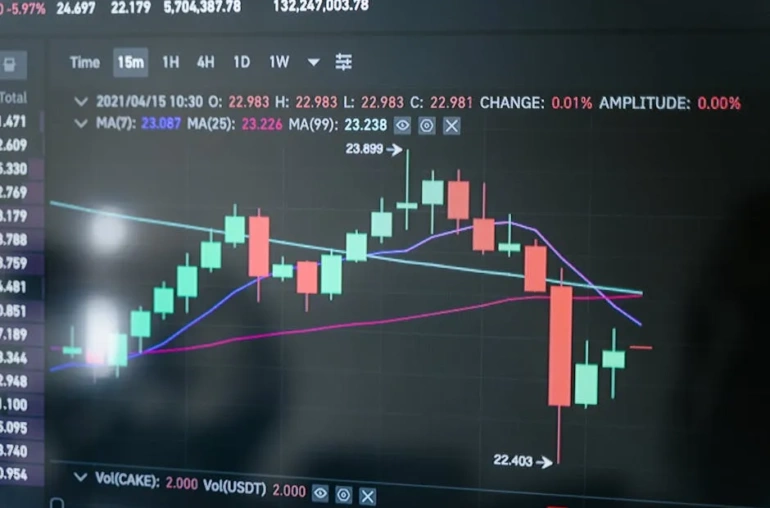
EU Eyes Euro Stablecoins to Challenge Dollar Monopoly
The financial landscape is experiencing a significant shift as the European Union (EU) sets its sights on developing euro-denominated stablecoins. This move is largely seen as a response to the explosive growth of US dollar-pegged stablecoins that surged in 2025, following the introduction of pivotal legislation in the United States. As the global economy evolves, the EU is keen to ensure that the euro remains a competitive and viable option in the rapidly changing world of digital currencies.
The Rise of Dollar-Pegged Stablecoins
In recent years, the US dollar has maintained a stronghold as the dominant global currency. The emergence of stablecoins linked to the dollar has further solidified this position, providing a digital representation of the dollar that appeals to both consumers and investors. The 2025 legislation in the US has only accelerated this trend, leading to an influx of stablecoin offerings that leverage the dollar’s stability and trustworthiness.
Why Euro Stablecoins Matter
In light of the dollar’s growing influence, the EU recognizes the necessity of developing its own stablecoin ecosystem. Euro stablecoins could serve multiple purposes:
- Enhancing Financial Stability: By creating a euro-denominated stablecoin, the EU aims to reduce reliance on dollar-pegged assets, thus promoting a more balanced financial system.
- Encouraging Innovation: A dedicated euro stablecoin could stimulate innovation within the EU’s blockchain and cryptocurrency sectors, potentially attracting investment and fostering new technological advancements.
- Improving Cross-Border Transactions: Euro stablecoins could facilitate smoother international transactions within the eurozone and beyond, enhancing trade and economic relations.
The EU’s Strategy Moving Forward
As the EU contemplates the introduction of euro stablecoins, it will need to navigate a complex regulatory landscape. This involves establishing clear guidelines that govern the issuance and management of stablecoins while ensuring consumer protection and financial stability. Additionally, the EU must engage with stakeholders, including financial institutions and technology firms, to build a robust framework for the implementation of euro stablecoins.
Ultimately, the EU’s focus on developing euro stablecoins represents a proactive approach to maintain its economic sovereignty in an increasingly digital world. By investing in its own stablecoin infrastructure, the EU can enhance the euro’s status as a global currency and mitigate the risks associated with over-reliance on the US dollar.
Conclusion
The rise of dollar-pegged stablecoins has prompted the EU to rethink its digital currency strategy. As the bloc works towards establishing a euro stablecoin, it is not only aiming to challenge the dollar’s monopoly but also to secure a stronger position for the euro in the global economy. This initiative could pave the way for a more diversified and resilient financial system in the years to come.



